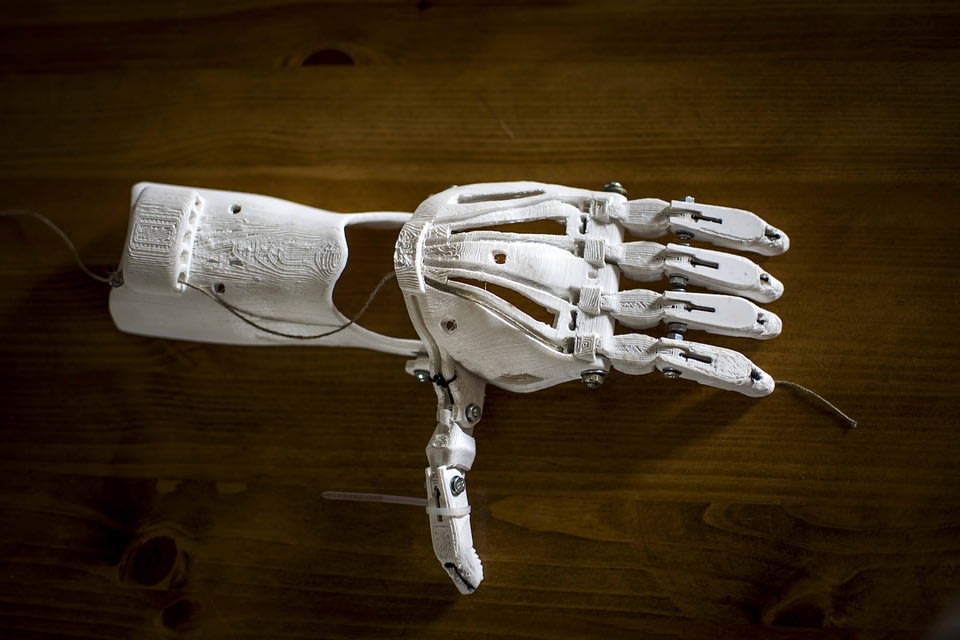
The pace of change in the printing industry has never been swifter. The future is arriving in record time, and it is both diverse and very exciting.
Every sector of the printing industry including macro printing is experiencing incremental, micro trends. This overview instead looks at macro trends...in micro printing and other sectors.
Large Format 3D Printing
A new wave of big format 3D printers is being introduced for use in:
- Branding with mascots and three-dimensional logos
- Integration of 2D and 3D designs for advertising and signage
- Prototyping when a full-size model is essential
- Sculpture and other art forms
- Furniture fabrication
- Parts fabrication
- Promotional applications where being large and being unique are the two keys
The Massivit 1800 is one example of a large-format printer. Layer after additive layer is laid down to create 3D products as large as 180cm high, 150cm wide and 120cm deep.
Nano Printing – Smaller, Thinner and Less Costly
Perhaps no other sector in the industry is generating as much excitement as the integration of Nano technology with three-dimensional printing. To be fair, this printing isn't quite yet dealing in Nano size, as one nanometre is one billionth of a metre. Nanography – the intersection of printing and Nano technology – is using materials measured in micrometres (microns) which are one-millionth of a metre. That's still impressively small.
Nano printing in a three-dimensional format is becoming the fabrication method of choice for a diverse and growing range of products in use now or coming soon including:
- Lithium-ion microbatteries for implants and tiny robots
- Tunable acoustic arrays
- Efficient energy scavengers
- Diagnostic devices
- Compact sensors
- Nanowalls for various applications
Nano technology is allowing for small printing, but there is a similar application worth considering: thin printing.
The key is ink that becomes dry polymeric film just 500nm (nanometres) thick. It bonds instantly and permanently to the substrate without colour penetration. Its advantages are many:
- Colors are amazingly vivid
- Nearly any substrate is suitable including low-cost papers
- Waste is minimized
- There are no emissions
- Energy use is very low
- Water-based inks are less costly than solvent and UV-based inks
It turns out that the Nano world is a cheaper world. Tiny three-dimensional printing and thin/nanographic printing are both money savers. Thin ink means less ink and less cost. Three-dimensional printing uses less material than when molds are built first.
Printing that Lives
This is where 3D printing sounds more science fiction than reality, but as noted, the future is arriving faster than most would have estimated. The process is called bioprinting, and it is a natural extension of the advances made in 3D print technology.
According to the Australian Academy of Science's Nova site, "Biofabrication can be defined as the production of complex living and non-living biological products from raw materials such as living cells, molecules, extracellular matrices, and biomaterials."
While still in the early stages of development, biofabrication might well be used to produce living tissue such as skin, bone, blood vessels and entire organs for use in replacement rather than transplant.
While advances here are slow due to the immense complexity of cellular organisms, current technology offers hope of customised solutions not only for each medical problem but for each patient.
Similarly, three-dimensional printing will increasingly be used to produce personalized implants such as titanium bone replacements and orthodontic devices with a "perfect" fit for each recipient.
Better New World
Doomsayers abound who say we're headed for a "Brave New World" of technology run amok. These advances in printing remind us that, instead, a better new world is coming into view right now. Gutenberg's printing press revolutionized the world starting in the mid-15th Century. An evolution in printing methods soon started that has continued unabated, and the world is reaping its benefits.
ORIGINAL: Engadget
2016/10/27

No hay comentarios:
Publicar un comentario
Nota: solo los miembros de este blog pueden publicar comentarios.